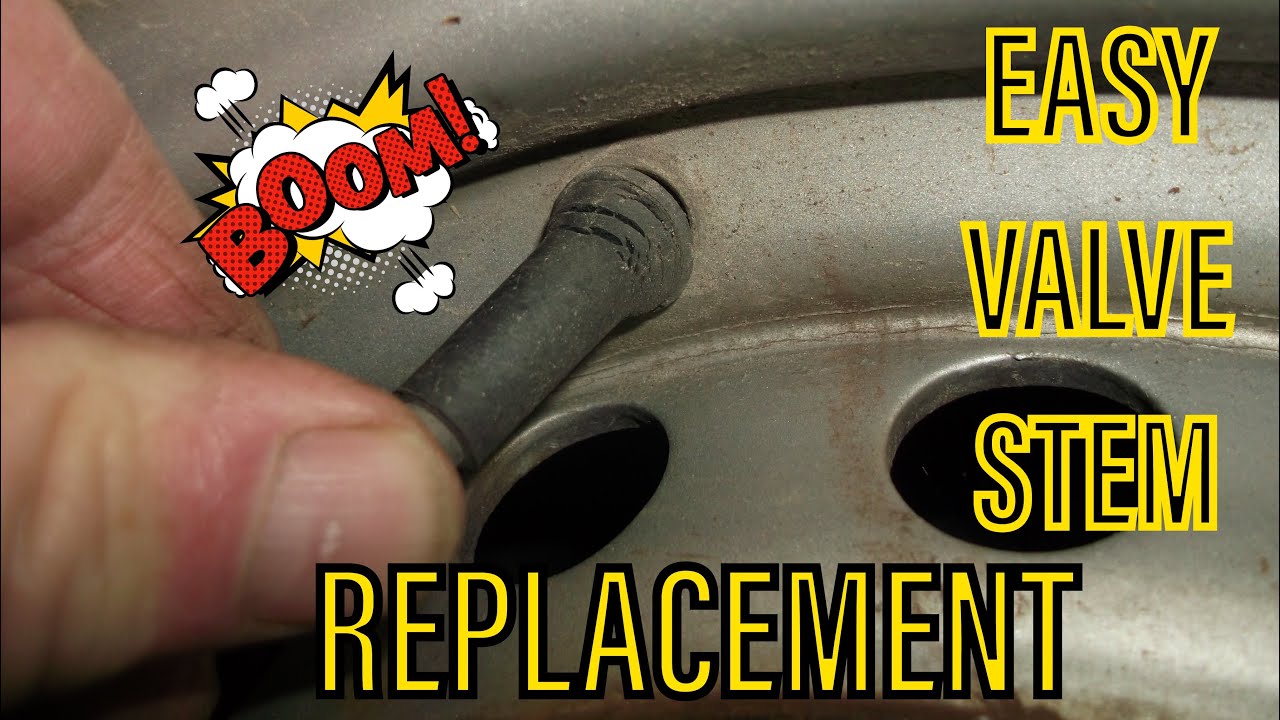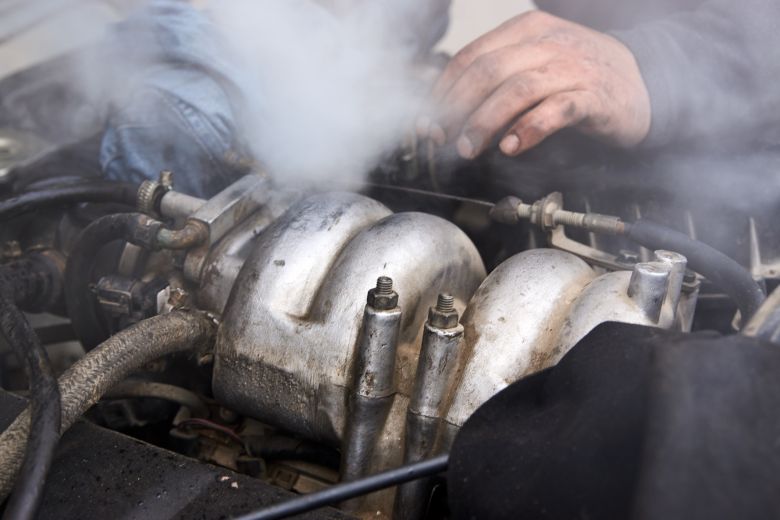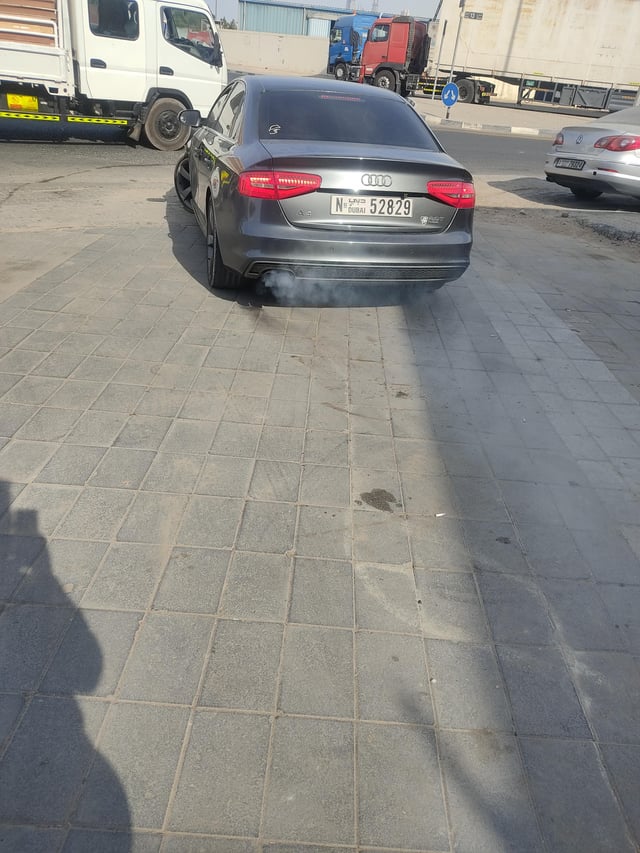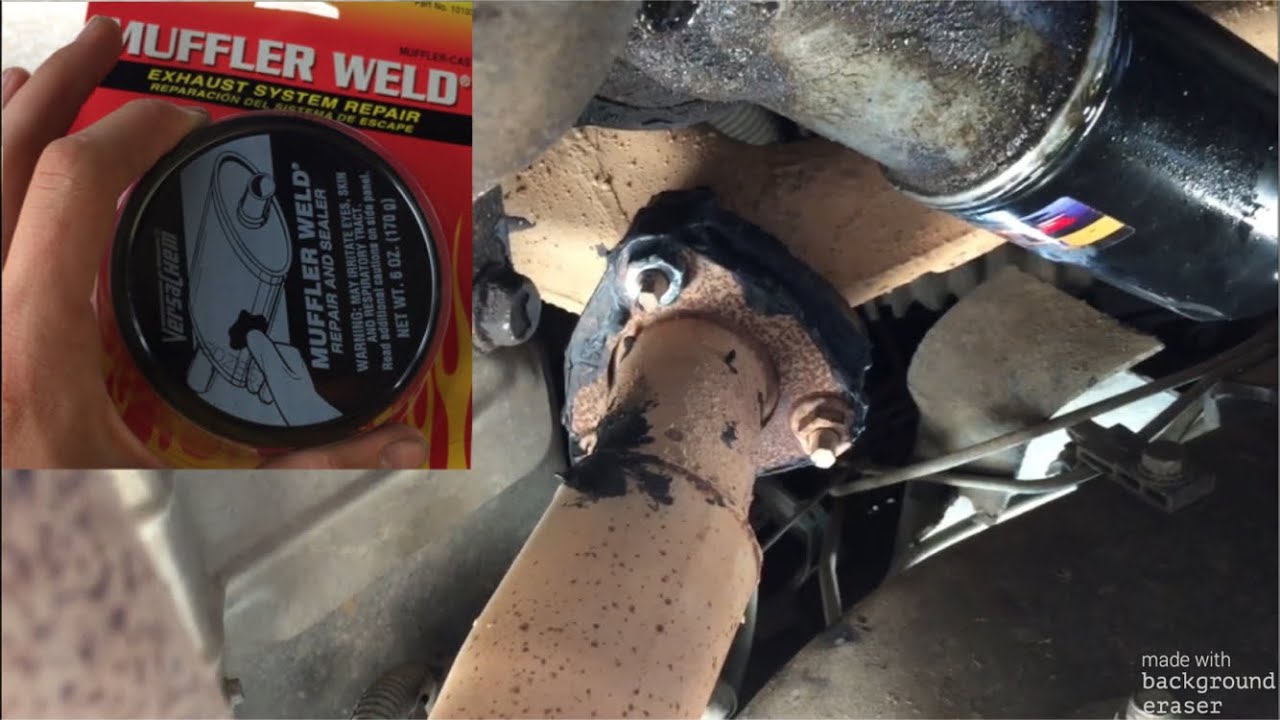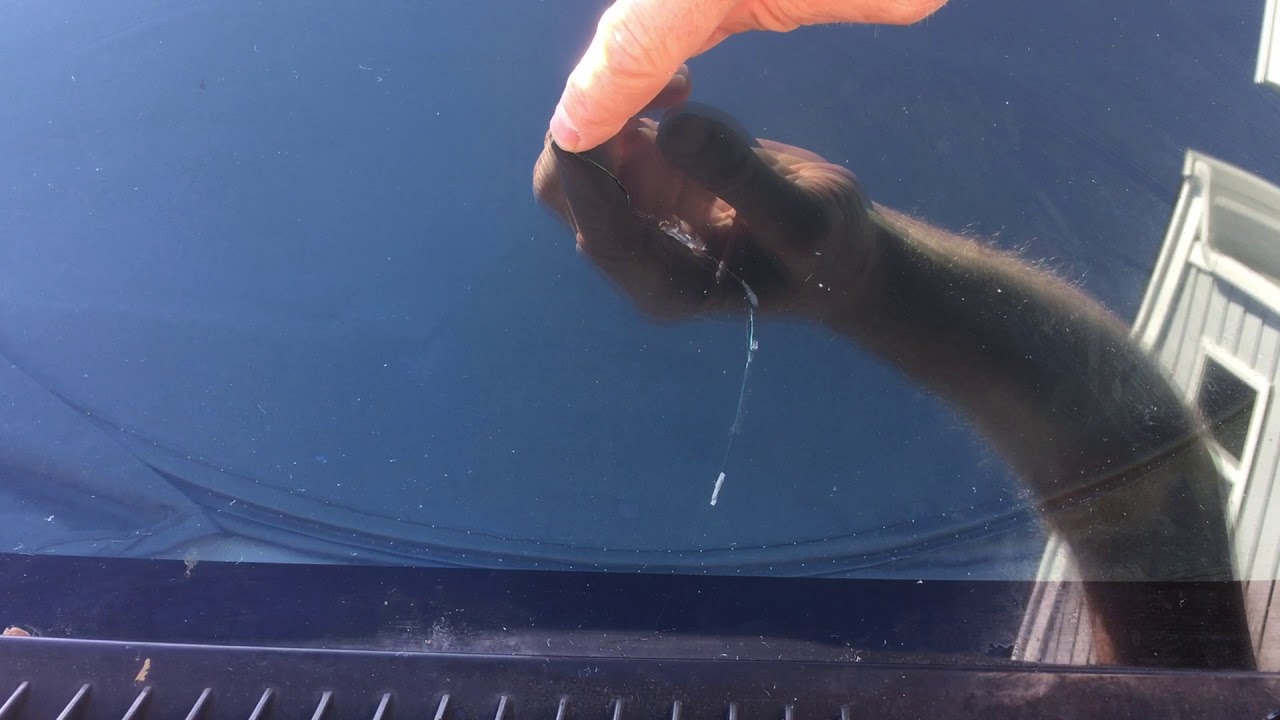How to Check Coil Pack on 5.3 Chevy
To check a coil pack on a 5.3 Chevy, use a multimeter to measure the resistance and confirm it matches factory specs. An OBD-II scanner can also identify any misfire-related error codes.
Troubleshooting ignition components in modern vehicles like the 5. 3 Chevy requires precision and care. Addressing faulty coil packs is crucial for maintaining engine performance and efficiency. A coil pack, part of the ignition system, generates the high voltage needed for spark plugs to ignite the air-fuel mixture in the engine’s cylinders.
Detecting issues early can prevent further engine complications and maintain optimal vehicle functioning. Proper diagnostics involve using specialized tools such as a multimeter and an On-Board Diagnostics II (OBD-II) scanner to identify the root of the problem, ensuring your 5. 3 Chevy runs smoothly and reliably. With this approach, car owners and mechanics can quickly pinpoint and resolve misfires or irregularities stemming from coil pack failures.
Introduction To Coil Pack Issues
Ignition coil packs are crucial in the spark ignition process of your 5.3 Chevy. They provide the necessary electric spark to ignite the fuel-air mixture in the cylinders. However, when these little transformers malfunction, they can cause a host of driveability issues. Understanding the signs can save you time and money on auto repairs.
Recognizing Common Symptoms
Identifying coil pack failures early prevents extensive engine damage. Watch for:
- Engine misfires
- Poor fuel economy
- Uneven idling
- Loss of power
- Difficulty starting
These symptoms often worsen over time and can lead to a lit Check Engine light. Use a diagnostic scanner to read trouble codes.
Importance Of Timely Diagnosis
Ignoring coil pack issues can lead to more costly repairs. Address symptoms immediately to maintain optimal engine performance and longevity. Here’s why a swift response matters:
- Maintains fuel efficiency
- Reduces harmful emissions
- Prevents catalytic converter damage
- Ensures consistent engine output
Early detection equals smoother rides and lower repair bills.

Credit: www.amazon.com
Tools Required For Coil Pack Testing
Before testing the coil pack on your 5.3 Chevy, it’s vital to gather the right tools. Proper tools ensure accurate results and safety. Below is a breakdown of the essentials.
Basic Hand Tools
Start with basic hand tools. These are necessary for accessing the coil packs. Having these tools on hand streamlines the process. Ensure you have:
- Ratchet – for loosening and tightening bolts
- Socket set – variety of sizes for different bolts
- Screwdrivers – both flathead and Phillips
- Extension bars – to reach deep-set bolts
Multimeter Or Ohmmeter
An ohmmeter or multimeter is crucial for testing the coil pack. It measures resistance to confirm the coil’s functionality. Essential features of your ohmmeter include:
| Function | Use |
|---|---|
| Resistance Measurement | Checks coil pack’s electrical resistance |
| Voltage Detection | Ensures sufficient electrical flow |
| Battery Testing | Confirms the multimeter’s power |
Select a multimeter that offers both accuracy and ease of use. Quality tools lead to reliable diagnostics. Prepare your workspace and organize these tools before starting.
Preparing The 5.3 Chevy For Testing
Knowing how to test a coil pack in a 5.3 Chevy ensures your vehicle remains in peak condition. Prior to testing, setting up your workspace and vehicle is crucial for accurate results and safety. Follow these structured steps to prepare for the testing process.
Safety Precautions
Addressing safety is the first step in preparing for any vehicle maintenance task. Here are the safety measures to take:
- Use protective gear: Wear safety glasses and gloves.
- Work in a ventilated area: Ensure the engine cools completely.
- Disconnect the battery: Prevent electric shocks by removing the negative cable.
Engine And Ignition System Setup
Proper setup of the engine and ignition system accelerates the test efficiency:
- Ensure a Cool Engine: Touch only after the engine cools down.
- Access the Coil Packs: Locate your coil packs atop the engine.
- Clean the Area: Remove any debris around the coil packs.
- Identify Coil Connections: Check each coil pack’s connections.
Follow these steps precisely to prepare your 5.3 Chevy for a successful coil pack testing.
Visual Inspection Of The Coil Pack
Under the hood, your 5.3 Chevy works hard to keep you moving, and the coil pack plays a big role. Regular checks can prevent breakdowns. Today, let’s focus on visual inspection, a crucial step in coil pack maintenance.
Identifying Physical Damage
Start with a clear view of the coil pack. Look for cracks, burn marks, or anything that seems out of place. These are signs of physical damage. Don’t ignore them!
- Check for cracks on the coil pack body.
- Inspect for burn marks or melted areas.
- Assess the overall shape — distortion indicates issues.
Observing Corrosion Or Wear
Corrosion is coil pack sabotage. Look closely at the terminals and connectors. Rust or greenish deposits are red flags. These can cause misfires and weaken performance.
| Area to Inspect | What to Look For |
|---|---|
| Terminals | Rust or Corrosion |
| Connectors | Wear or Damage |
| Coil Pack Housing | Sings of Corrosion |
Electrical Testing Procedures
When working on your 5.3 Chevy engine, ensuring the coil pack operates properly is crucial. Electrical testing procedures help diagnose issues. These steps require a multimeter and a bit of know-how. Read on to master these simple but essential tests.
Measuring Resistance Values
Begin with the ignition turned off. Locate the coil pack on your 5.3 Chevy. Resistance checks can reveal coil health.
- Disconnect the coil pack’s electrical connector.
- Set your multimeter to the ohms (Ω) setting.
- Measure the primary resistance between the appropriate terminals.
- Repeat for the secondary resistance across the corresponding terminals.
Reference the service manual for your Chevy to find the correct resistance values. Values deviating from specifications indicate a fault.
Interpreting Test Results
Assess the multimeter readings against the Chevy’s standards. Here’s what to look for:
| Condition | Primary Resistance | Secondary Resistance |
|---|---|---|
| Good Coil | 0.5 – 0.9 ohms | 5,000 – 10,000 ohms |
| Bad Coil | Outside 0.5 – 0.9 ohms | Outside 5,000 – 10,000 ohms |
Coils with values outside the standard range need replacing. Match your multimeter’s readings to this table for a quick assessment.
Analyzing Common Issues And Solutions
Under the hood of the stout 5.3 Chevy engine, the coil pack plays a crucial role in engine performance. Recognizing common problems can save time and money. This guide targets both. It aids in pinpointing coil pack issues and offers actionable solutions.
Dealing With Misfires
Misfires signal a troubled coil pack. Quick diagnosis is key. Symptoms include rough idling and power loss. Use an OBD2 scanner for error codes. It can confirm a misfire.
Check the coil pack visually for cracks or damage. A multimeter tests for electrical issues. Place probes on coil pack terminals. Resistance should match factory specs.
If misfires persist, inspect spark plugs and wiring. Faulty wires disrupt ignition, causing misfires. Replace damaged parts before testing the coil pack again.
Replacement And Installation Tips
Coil pack issues require swift replacement. Correct installation ensures peak engine performance. Here, find essential tips:
- Choose the right part—Verify compatibility with your 5.3 Chevy.
- Gather tools—You’ll need a socket set and screwdrivers.
- Remove engine cover—Unscreen if necessary.
- Disconnect the battery—Safety comes first.
- Label wiring—Prevents confusion during reassembly.
- Unscrew old coil pack—Carefully remove to avoid damage.
- Install new coil pack—Align correctly with the mounting area.
- Reconnect wiring—Follow the labels set earlier.
- Test the engine—Ensure no misfires after replacement.
Strict adherence to these tips prevents installation issues and potential engine damage.
Maintenance Tips For Coil Packs
Keeping your 5.3 Chevy in top shape is critical for performance. A vital part of this is maintaining the coil packs. Regular checks can prevent misfires and extend engine life. Let’s dive into the maintenance tips for coil packs on your 5.3 Chevy.
Regular Inspection Intervals
Set regular intervals to inspect your coil packs. Schedule them with oil changes to make it easy to remember.
- Visual Inspection: Look for cracks or any signs of wear and tear.
- Electrical Test: Use a multimeter to check for proper resistance and electrical continuity.
- Cleanliness: Ensure the area around the coil packs is free from debris to avoid overheating.
Record your findings in a logbook to track coil pack health over time.
Preventing Future Failures
Prevention is always better than cure, especially with coil packs.
- Quality Parts: Use high-quality replacements to avoid frequent failures.
- Heat Management: Install heat shields if overheating is a concern.
- Electrical Connections: Keep electrical connections tight and free from corrosion.
These practices will help you avoid common issues and keep your 5.3 Chevy running smoothly.

Credit: m.youtube.com
Frequently Asked Questions For How To Check Coil Pack On 5.3 Chevy
What Is A Coil Pack In A 5.3 Chevy?
A coil pack in a 5. 3 Chevy is an electronic component that creates the spark needed for combustion. It replaces the traditional distributor cap and rotor, delivering a stronger, more consistent spark for the engine’s ignition system. This leads to smoother running and potentially better fuel efficiency.
How Do I Test My Chevy’s Coil Pack?
To test your Chevy’s coil pack, use a multimeter to measure resistance. Set the multimeter to the ohms setting and compare the readings to the specifications outlined in the vehicle’s service manual. Inconsistent or abnormal resistance levels often indicate a faulty coil pack.
Can A Faulty Coil Pack Affect Engine Performance?
Yes, a faulty coil pack can significantly affect engine performance. Symptoms can include misfires, rough idle, loss of power, decreased fuel economy, and trouble starting the engine. If the coil pack fails, the engine might not run at all.
What Are Common Signs Of A Failing Coil Pack?
Common signs of a failing coil pack include engine misfiring, rough idling, decreased acceleration, stalling, a check engine light, and unburned fuel smell from the exhaust. Addressing these symptoms promptly can prevent further engine damage.
Conclusion
Ensuring your 5. 3 Chevy’s coil pack functions optimally is critical for engine performance. With the steps outlined, diagnosing issues becomes straightforward. Embrace these troubleshooting techniques to maintain your vehicle’s vitality. Remember, regular checks can preempt failures and costly repairs.
Drive confidently knowing you’ve mastered coil pack assessments.

